Although the main sowing season is mostly over by June, it is still too early to relax. If there is free space in the garden beds or they have been cleared after harvesting early crops, they should not be left empty.

There are crops that, even when planted in June, will still have time to grow and yield a harvest this season. The key is to choose the right varieties and provide proper care. This way, fresh vegetables and greens will be on the table until autumn.
Features of June sowing

Unlike spring, which is often quite cool, June is characterized by warm days and sufficiently heated soil. This creates ideal conditions for rapid seed germination and active plant growth. However, to ensure that plants sown in June have time to produce a harvest, several rules must be followed.
First, pay attention to soil quality. Before planting, especially in beds that have just been cleared after harvesting early crops, add compost or a complex mineral fertilizer to the soil. This will help quickly restore soil fertility.
Second, do not forget about regular watering, especially on hot and dry days. In spring, the soil is still saturated with moisture from melting snow, but by summer, it dries out. Without abundant watering, seeds may not sprout, and plants will develop poorly. Mulching the soil will help retain moisture and prevent weed growth.
Third, consider crop rotation rules. Do not plant crops from the same family in the beds where similar plants were previously grown.
Also, monitor plant health and promptly combat pests.
Additionally, for June planting, it is best to choose crops with a short growing season—those that will yield a harvest within 30-90 days, i.e., before autumn.
What can be planted in June
June is a suitable month for replanting fast-growing vegetables and greens. Moreover, herbs can be sown throughout the season. Some root crops sown in June will also mature by early autumn.
Greens
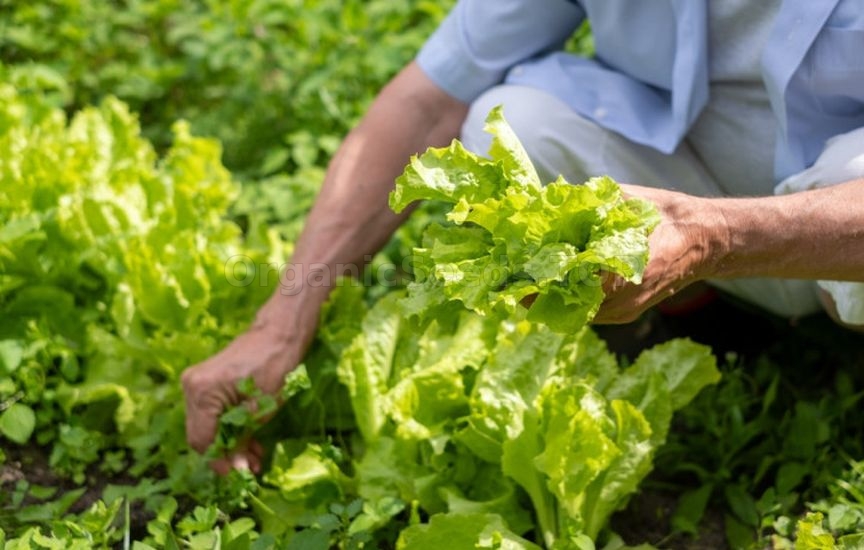
Leafy greens are among the most unpretentious and fast-growing garden plants. Lettuce, cress, spinach, arugula, and green onions can be sown not only in spring but also later, throughout the summer. In this case, it is better to choose varieties labeled "summer," as they tolerate heat more easily. If sowing is done at intervals of 10-15 days, fresh greens will be available all season.
Most types of greens thrive in soil of any type with neutral acidity (pH 6.5-7.0). It is best to choose an open, sunny location for sowing.
Seeds of leafy greens should be sown in well-moistened soil, as they—especially lettuce and spinach—love water. Regular watering is essential during growth.
Herbs
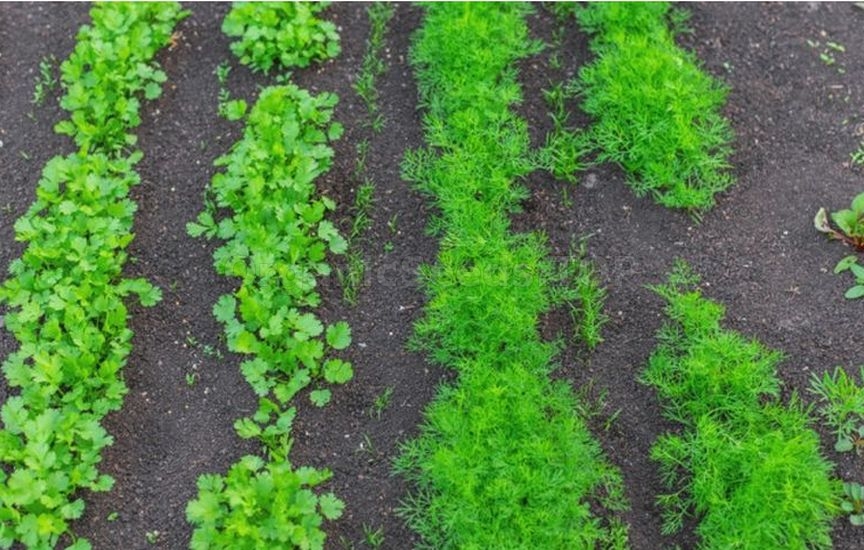
Herbs such as dill, parsley, and coriander (cilantro) can be sown throughout the season at two-week intervals. The seeds of these plants germinate very slowly, even in warm soil. The reason is the essential oils in their seed coating, which take more than two weeks to dissolve in the soil, delaying sprouting. However, there is a solution: soak the seeds in hot (50-60°C) water and leave them there for 12 hours after cooling.
Another method to remove the oily film from the surface of umbelliferous plant seeds is to soak them in vodka or a 40% alcohol solution for 10 minutes. After this, the seeds should be rinsed in water for 3-4 hours, dried, and sown. After such treatment, the seeds usually sprout within a week.
For sowing herbs in June, choose a well-lit area with light, fertile soil. Another important factor is neutral acidity. If the soil is acidic, it can be neutralized with wood ash at a rate of 200-400 g per square meter.
Summer care for herbs includes abundant watering. Without sufficient moisture, plants develop poorly, and their leaves become tough.
Radish
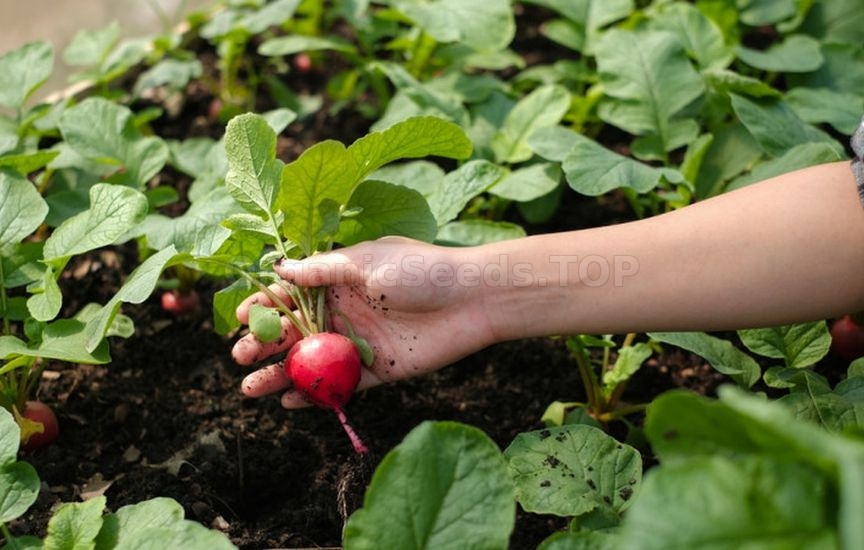
Radish is one of the fastest-growing crops, allowing multiple harvests throughout the season. However, it is better suited for spring and autumn planting, as it prefers cool temperatures and short daylight hours. If the radish bed receives more than 10-12 hours of sunlight per day, the plants will bolt. What can be done?
First, choose radish varieties that are resistant to bolting or labeled "for continuous cultivation." Second, plant the radish in a shaded area. If this is not possible, artificially shorten its daylight exposure by covering the beds with dark film daily from 6 PM to 7 AM, ensuring the light period does not exceed 12 hours. Additionally, in the absence of rain, water the plants daily. Without moisture, the roots will not only bolt but also become tough and bitter.
Asparagus beans

Asparagus beans (also known as string beans or bush beans) can be sown in June in an empty garden bed. This crop is heat-loving, making early summer an ideal time for planting in open ground. Unlike other legumes, asparagus beans are grown for their immature pods rather than seeds. Early varieties produce pods in 50 days, while medium and late varieties take 70-90 days, ensuring a harvest by late summer.
The crop prefers loose, fertile soil with neutral acidity. If the soil is heavy, add sand; if acidic, use ash or dolomite flour. Seedlings appear about a week after planting. Summer care for asparagus beans includes regular watering once or twice a week and soil loosening.
Zucchini

Zucchini is an ideal crop for June planting. Like beans, it is very heat-loving and sensitive to frost, so planting in open ground should be done only after the risk of temperature drops has passed. Zucchini grows quickly and starts producing fruit within 1.5-2 months after sprouting. If sown at the beginning of summer, the harvest can be collected from July until the end of August.
Choose a warm, sunny location without water stagnation for the bed. Zucchini prefers light, fertile soil with neutral acidity. Summer care includes abundant watering every 10-12 days and timely harvesting of ripe fruits, which stimulates the formation of new ones.
Cucumbers
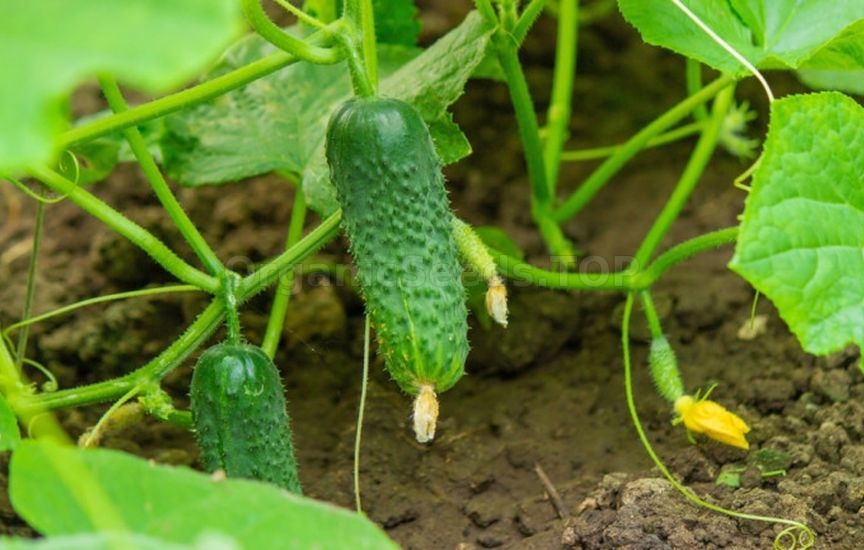
Want to enjoy fresh cucumbers until autumn? Plant them in several stages. The first sowing should be done in a greenhouse or under cover in spring. In June, sow cucumber seeds directly in open ground. In warm soil, they will sprout quickly. Early varieties will yield a harvest by late July, while late varieties will mature closer to autumn.
Cucumbers prefer light loamy or sandy soils with neutral acidity. Care for cucumbers planted in June is the same as for those planted in spring. To ensure a rich harvest, they require regular watering, fertilization, and pest control if necessary.
Beets
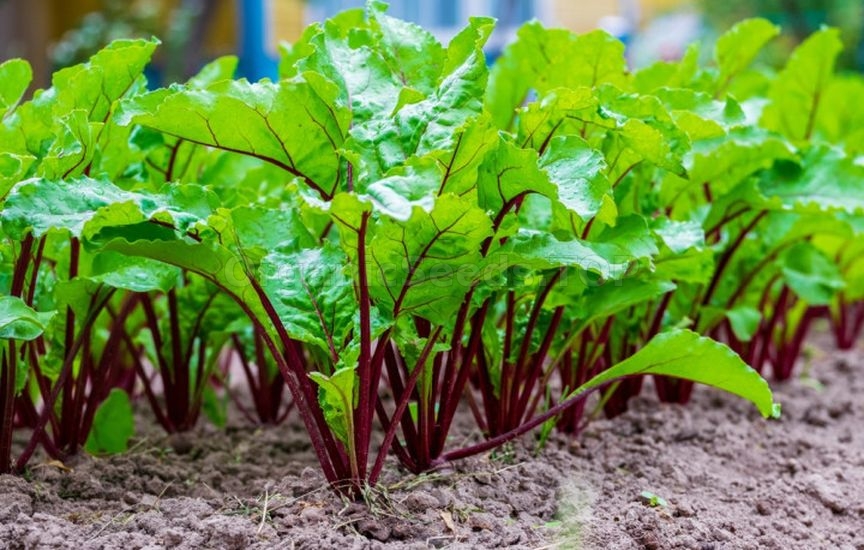
If fast-growing beet varieties (which mature in 80-100 days) are planted in June, small roots will be ready for harvest by late summer. Choose a well-lit area with light, fertile soil. Beets prefer neutral acidity, so acidic soil should be neutralized with wood ash or dolomite flour.
Regular watering is crucial for beets: the soil should always be moderately moist. However, avoid waterlogging, which can cause root rot, and prevent alternating dry and overly wet periods, which may lead to cracking. Additionally, thinning and loosening are necessary.
After thinning beet plantings, the uprooted plants can be transplanted to a new bed. The key is to remove all large leaves from the seedlings, leaving only part of the stalk. Beets extracted from moist soil quickly adapt to their new location and can yield an excellent harvest in autumn.
Turnips
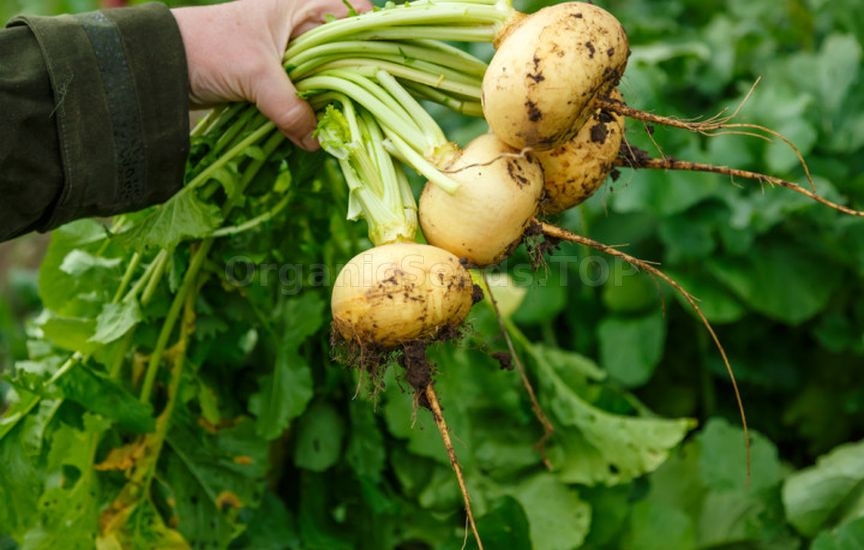
For sowing turnips, choose a sunny location with light soil. If planted early in spring when the soil thaws and dries, and again in June, two harvests can be obtained in one season.
Do not forget about ornamental plants. In June, fast-blooming flowers such as nasturtium, calendula, and cosmos can be planted. These plants will not only beautify the garden but also attract bees and other beneficial insects, positively impacting the yield of vegetables, berries, and fruits.










